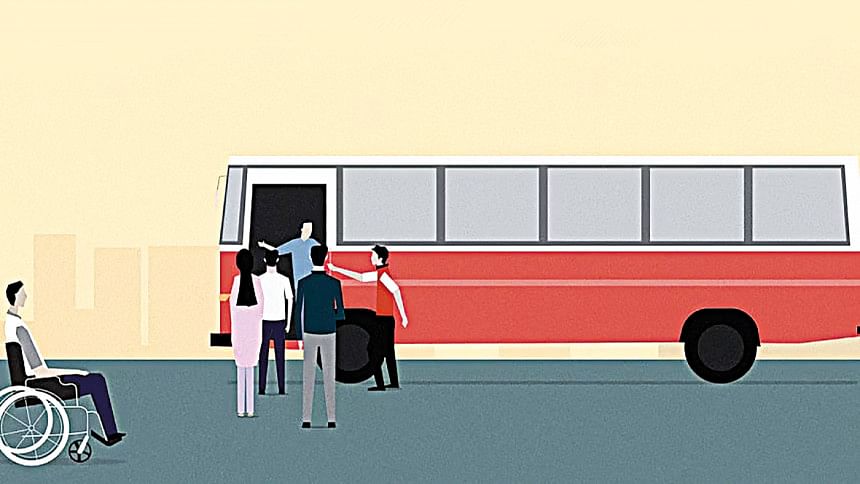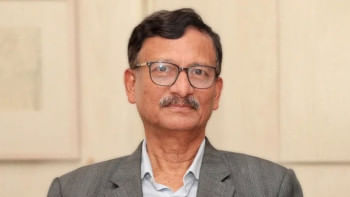Intersectionality and the Protection of Persons with Disabilities

Rights and Protection of Persons with Disabilities Act, 2013 was enacted in line with the United Nations Convention on the Rights of the Persons with Disabilities (CRPD) to ensure, as axiomatically suggested, the rights and protection of persons with disabilities. The Act speaks of equal treatment, education, and employment of persons with disabilities. Unfortunately, however, it considers disability as a monolithic identity and does not dive into intersectional identities of persons with disabilities.
Distinct identarian characteristics (such as sex, ethnicity, age) in combination with disability exacerbate the impediments faced by persons with disabilities. For instance, disabled people belonging to ethnic groups are discriminated against for their disability as well as their ethnicity. At the intersection of these two identities, a unique form of discrimination emerges which cannot be explained either through ethnicity or disability alone.
The most prevalent forms of violence against women with disabilities in Bangladesh are perhaps rape and sexual harassment. According to data from the Women with Disabilities and Development Foundation, around 96% of women and girls with disabilities face physical, psychological, sexual, and emotional violence. The Act does not have adequately address protection of women with disabilities from sexual exploitation, psycho-social violence and/or abuse.
Similarly, the vulnerability of children gets worsened when compounded by disability. In 2021, the National Survey on Persons with Disabilities (NSPD) unravels that 1.7% of children in Bangladesh live with one of the twelve types of disabilities defined in the Act of 2013. 60% of children with disabilities aged 5-17 years are not enrolled in schools. Section 16 (1) (h) of the Act mentions access to inclusive education. Although the provision envisages inclusion, it does not address the root-level challenges. The school buildings remain inaccessible for children with disabilities. Lack of wheelchair accessibility, toilet facilities, lack of sensitised teaching staff, and many more hindrances make mainstreaming disabled children's rights into formal education facilities a far cry. The needs of disabled children also vary depending on their respective spectrum of disability. Inclusive education cannot be made a reality in case such dimensions are overlooked.
In sum, the Act of 2013 fails to view disability through the lens of intersectionality. Consequently, the discrimination arising from each layer of identity in combination with disability remains unaddressed. To make the rights and protection of persons with disabilities a reality, it is high time we weaved intersectionality into the policy-legal approaches to disability in general.
The writer is official contributor, The Daily Star.

 For all latest news, follow The Daily Star's Google News channel.
For all latest news, follow The Daily Star's Google News channel. 



Comments